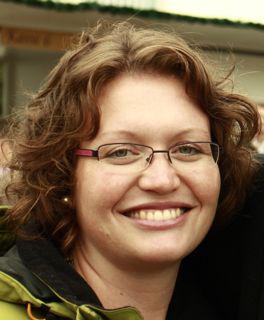|
Computer-assisted Stenting and Endovascular Navigation (Montag, 15.05 Uhr, Schinkelsaal) |
 |
Medical imaging innovations have lead to a radical change in medical treatment procedures. Minimally-invasive interventions have replaced many conventional surgical procedures and, thereby, increased patient survival rate for various diseases. Endovascular procedures have become state-of-the-art cardiovascular and vascular interventions, and are among routine skills of vascular surgeons and interventional radiologists and cardiologists. The continuous introduction of innovative interventional imaging modalities require certain technological understanding and are fully-integrated systems that allow for intra-operative 3D cone beam CT (CBCT) reconstructions and the recent integration of non-invasive imaging modalities such as Ultrasound, 2D X-ray Fluoroscopy and Angiography is still the state-of-the-art interventional imaging modality for catheterization procedures.
Though providing fast and reliable anatomy information in decent resolution, the harmful side effects of ionizing radiation (X-ray) and contrast agents (vessel highlighting) affect both patients and surgical team. For safer navigation and precise surgical instrument positioning, interventionalists rely on multiple X-ray acquisitions from varying angulations in order to mentally recover underlying 3D information. This yields an increase in radiation and use of contrast agent likewise, as vessels need to be made visible within the X-ray images. Several solutions based on integration of pre-interventional image data into the intraoperative situation and continuously locating medical devices therein, have been proposed recently. Although presenting promising results, the particular requirements of interventional methods regarding efficacy and robustness require further efforts in this specific research direction.
The planning and control of endovascular procedures is guided by blood flow measurements conventionally performed on a visual and highly subjective basis via the use of Digital Subtraction Angiography (DSA). For some cases, the medical workflow also includes Computational Fluid Dynamic (CFD) simulations on vascular geometries. Apart from the fact that these geometries are extracted from 3D patient datasets, the flow simulation may not visualize the actual situation within the vessel. Recently, a framework for reconstructing interventional flow volumes together with an image-based blood flow quantification method has been introduced. This method generates dense flow volumes to yield quantitative flow measurements during the intervention.
Despite great methodological advancements in diagnostics and personalized medicine throughout the last decades, today’s intervention rooms still lack integrated solutions for efficient and robust treatment imaging. The STENT initiative has been created in order to facilitate international and interdisciplinary cooperation in the endovascular domain.
Dr. Stefanie Demirci
Chair for Computer Aided Medical Procedures & Augmented Reality, Technische Universität München

